
Maersk Group to Study South Pars Oil Layer

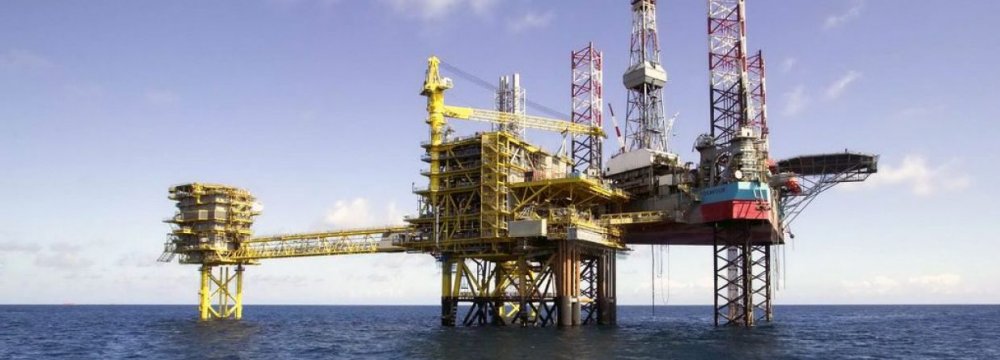 The oil layer of South Pars is estimated to hold up to 20 billion barrels of oil in place.
The oil layer of South Pars is estimated to hold up to 20 billion barrels of oil in place.
Iran is close to signing an agreement with Danish conglomerate Maersk Group to study the development potential of the oil layer of South Pars Gas Field in the Persian Gulf, said Gholamreza Manouchehri, deputy for engineering and development affairs at the National Iranian Oil Company.
"A preliminary agreement has been reached with Maersk to study the South Pars oil layer and we look forward to signing a heads of agreement with the Danish company," Manouchehri was quoted as saying by Tasnim News Agency on Tuesday.
A heads of agreement (HOA) is a non-binding document which sets out the key terms of a proposed agreement between parties. It is meant to serve as a guideline and may not be comprehensive enough to cover all the basis relevant to a binding contract.
Drawing crude oil from South Pars, the world's largest gas field shared between Iran and Qatar, is now a top priority for NIOC, Manouchehri said.
Tehran plans to develop the South Pars oil layer under the framework of Iran Petroleum Contract, the new model of contracts geared to attracting international oil and gas majors.
Manouchehri added that the NIOC "has opened talks with several companies" over developing the South Pars oil layer, adding that "production will begin by the yearend (March 2017)". Iran is keen to draw 35,000 barrels of crude per day from the joint field in the first phase.
Maersk produces oil from the Danish and UK sections of the North Sea, Qatar, Algeria and Kazakhstan. It supports global oil and gas production by providing modern drilling services to oil companies around the world.
According to reports, the oil layer of South Pars is approximately 100 kilometers off the coasts of Iran in the Persian Gulf, an area shared between Iran and Qatar.
Estimates suggest the joint field could hold up to 20 billion barrels of oil in place.
Oil, Gas Race
Officials say Iran is trailing Qatar in oil production from South Pars, known as North Dome in the Qatari side, because of the complex geological structure of the region and a lack of advanced exploration and drilling equipment.
The tiny Arab neighbor, which started developing the oil layer in 1991, has already drilled more than 300 wells with the help of international oil giants. It has reportedly extracted more than 1 billion barrels of crude from the joint field during the last 25 years.
National Iranian Oil Company reportedly assigned Petropars, one of its wholly-owned subsidiaries, in 2004 to develop the oil layer of South Pars, but the project has been plagued by delays as well as the international economic sanctions introduced at the turn of the decade over Iran's nuclear program dispute.
According to reports, Iran has boosted gas production from the giant gas field to 515 million cubic meters per day and the volume is expected to reach 540 mcm/d by March, the end of the current Iranian fiscal year.
Following the launch of several South Pars development projects in the past three years, Iran hopes to match or outmaneuver Qatar in gas production from the joint field in the coming year.


Gold price eases after Trump downplays clash with Fed chair Powell

Copper price hits new record as tariff deadline looms

Brazil producers look to halt pig iron output as US tariff threat crimps demand

Three workers rescued after 60 hours trapped in Canada mine

Gold price could hit $4,000 by year-end, says Fidelity

Chile’s 2025 vote puts mining sector’s future on the line

US targets mine waste to boost local critical minerals supply

Energy Fuels surges to 3-year high as it begins heavy rare earth production

Glencore workers brace for layoffs on looming Mount Isa shutdown
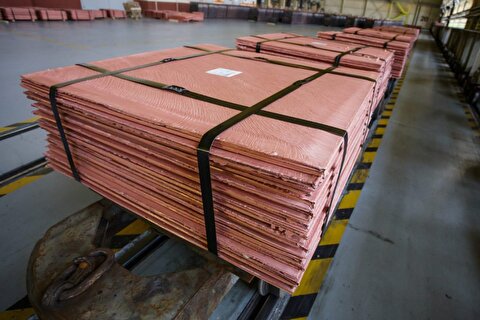
Trump tariff surprise triggers implosion of massive copper trade
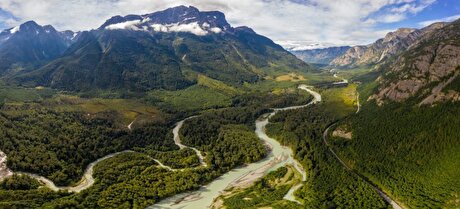
Maxus expands land holdings at Quarry antimony project in British Columbia
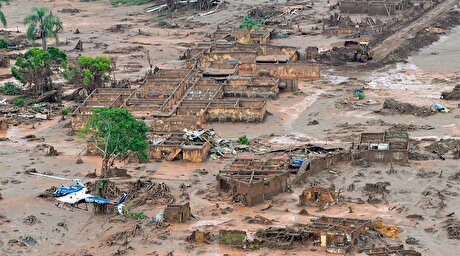
BHP, Vale accused of ‘cheating’ UK law firm out of $1.7 billion in fees
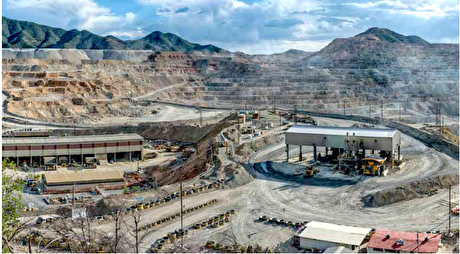
Southern Copper eyes $10.2B Mexico investment pending talks
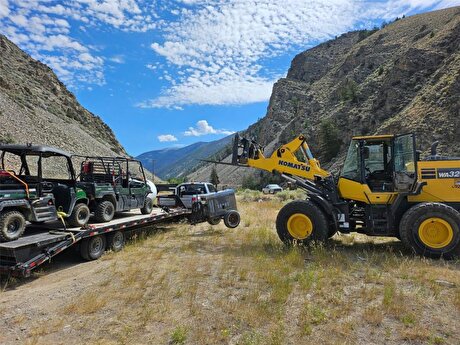
American Tungsten gets site remediation plan approved for Ima mine in Idaho

Kinross divests entire 12% stake in Yukon-focused White Gold

Gold price could hit $4,000 by year-end, says Fidelity

Southern Copper expects turmoil from US-China trade war to hit copper

Ramaco Resources secures five year permit for Brook rare earth mine in Wyoming

Column: EU’s pledge for $250 billion of US energy imports is delusional

Trump tariff surprise triggers implosion of massive copper trade

Maxus expands land holdings at Quarry antimony project in British Columbia

BHP, Vale accused of ‘cheating’ UK law firm out of $1.7 billion in fees

Southern Copper eyes $10.2B Mexico investment pending talks

American Tungsten gets site remediation plan approved for Ima mine in Idaho

Kinross divests entire 12% stake in Yukon-focused White Gold

Gold price could hit $4,000 by year-end, says Fidelity

Southern Copper expects turmoil from US-China trade war to hit copper

Ramaco Resources secures five year permit for Brook rare earth mine in Wyoming














